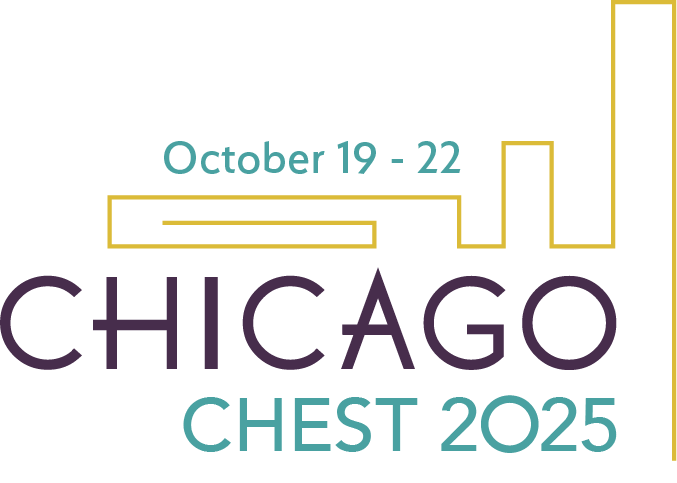
Malignant pleural effusions (MPEs) are a common complication of many malignancies, and various treatment pathways exist, ranging from repeat thoracentesis to indwelling pleural catheters (IPCs) and chemical pleurodesis. There is no “one size fits all” approach, but the ultimate goals of all interventions are to palliate patient symptoms by minimizing fluid reaccumulation and the need for repeat interventions. Whereas IPCs are simple to place and have transformed the outpatient management of MPE, many patients are not keen on having a catheter in place for weeks to months. Rapid pleurodesis is an attractive strategy that combines prompt symptom control with the potential to achieve pleural symphysis in a shorter time frame, allowing for potential lifestyle benefits while also minimizing the risk of IPC-related complications.
Data supporting improvement in quality of life and symptom burden for patients who achieve pleurodesis in the setting of MPE are increasing, and interventions that shorten the time to pleurodesis, decrease health care utilization costs, and minimize hospitalizations for patients are ideal.1 The best outcomes for rapid pleurodesis are seen in patients with expandable lung, good performance status, and an anticipated survival of at least several weeks. Patients with poor performance status, loculated effusions, or nonexpandable lung are typically best suited for long-term IPC drainage without chemical pleurodesis.2

There are two main approaches to achieve rapid pleurodesis.
Thoracoscopic talc poudrage
Thoracoscopy allows for complete fluid drainage, direct visualization of the pleural surfaces, and simultaneous insufflation of sterile talc powder followed by placement of a chest tube or IPC. One benefit of this procedure is the ability to obtain tissue for MPE diagnosis (including tissue for next-generation sequencing when desired) while also treating patient symptoms. This method typically requires anesthesia or advanced sedation and hospitalization for continuous pleural drainage post-procedure.3
Talc slurry via IPC
This method involves draining the pleural space through the IPC until fluid output is minimal and then instilling sterile talc slurry into the pleural cavity. These protocols often involve daily drainage to promote pleural apposition, with pleurodesis attempted as early as a few days after catheter placement. IPC removal is considered once drainage drops below 50 to 150 mL over 24 hours and chest radiography confirms no fluid reaccumulation.4
Rapid pleurodesis is not without risks, which should be reviewed. A thorough discussion about patient preferences and overall goals is also paramount when deciding on definitive MPE management. If avoiding hospitalization is a patient’s primary goal, a rapid pleurodesis protocol requiring hospitalization—albeit typically short (less than two days on average)—may be best avoided. In such cases, IPC placement with or without a pleural sclerosant may be the best approach. In short, rapid pleurodesis should be considered as a viable treatment option for qualifying patients with MPE.
Key points
- Rapid pleurodesis = early pleurodesis attempt to allow for quicker catheter removal
- Best for patients with expandable lung and good functional status
- Two primary approaches for rapid pleurodesis: thoracoscopic talc poudrage or talc slurry via IPC
References
1. Terra RM, Costa PB, Dela Vega AJM, Araujo PHXN, Teixeira LR, Pêgo-Fernandes PM. Analysis of quality of life after pleurodesis in patients with malignant pleural effusion. Respiration. 2019;98(6):467-472. doi:10.1159/000502029
2. Olden AM, Holloway R. Treatment of malignant pleural effusion: PleuRx catheter or talc pleurodesis? A cost-effectiveness analysis. J Palliat Med. 2010;13(1):59-65. doi: 10.1089/jpm.2009.0220
3. Pu CY, Avendano CA, Durant M, et al. Rapid pleurodesis in patients with chronic noninfectious pleural effusion: twenty years of real-world performance data. J Bronchology Interv Pulmonol. 2024;32(1):e0993. doi:10.1097/LBR.0000000000000993
4. Bhatnagar R, Keenan EK, Morley AJ, et al. Outpatient talc administration by indwelling pleural catheter for malignant effusion. N Engl J Med. 2018;378(14):1313-1322. doi:10.1056/NEJMoa1716883
